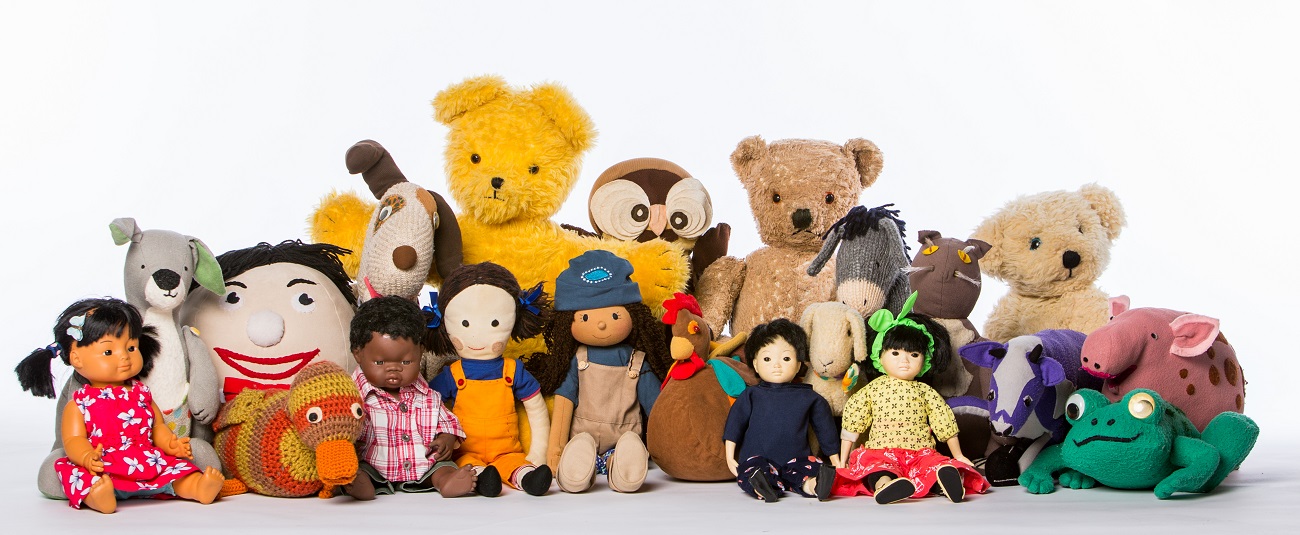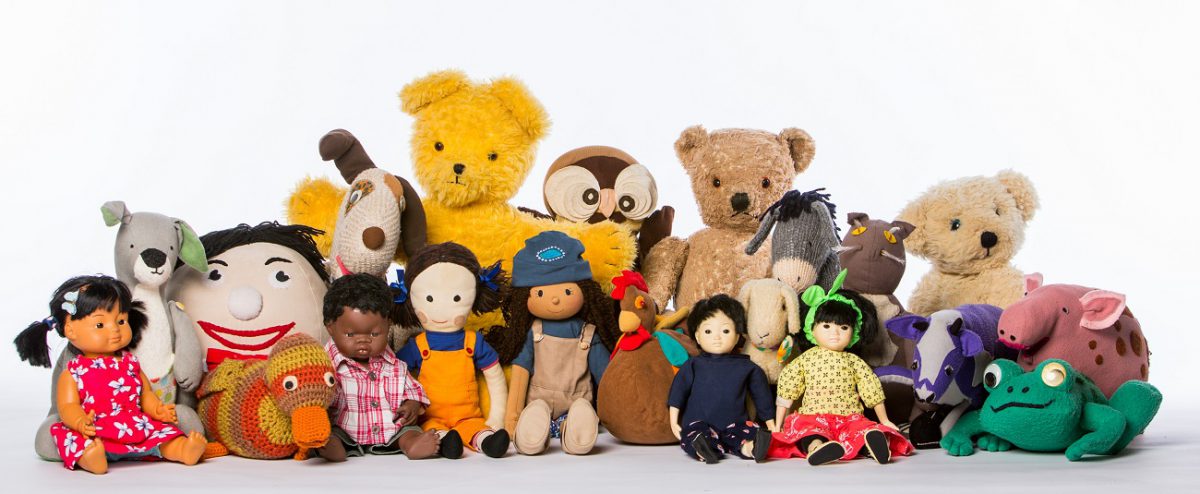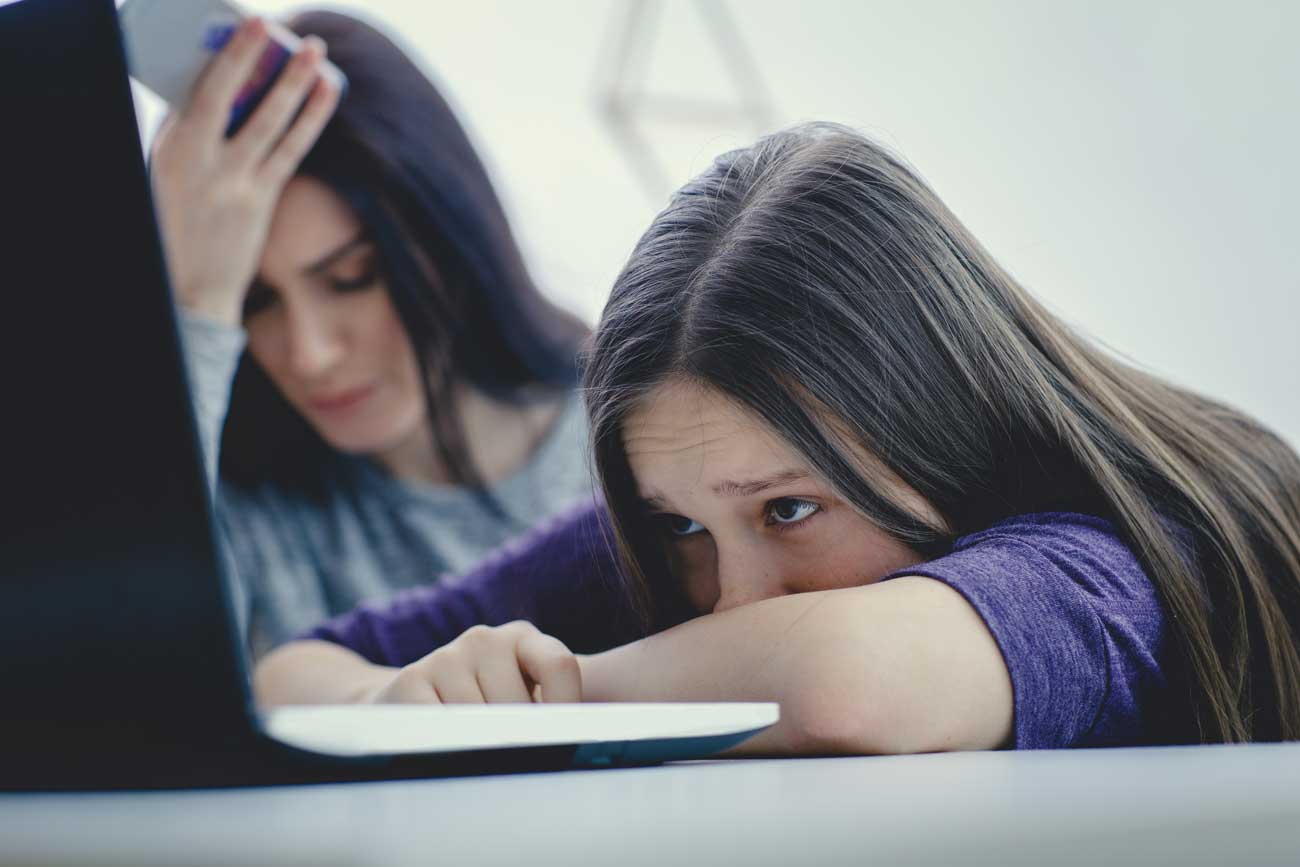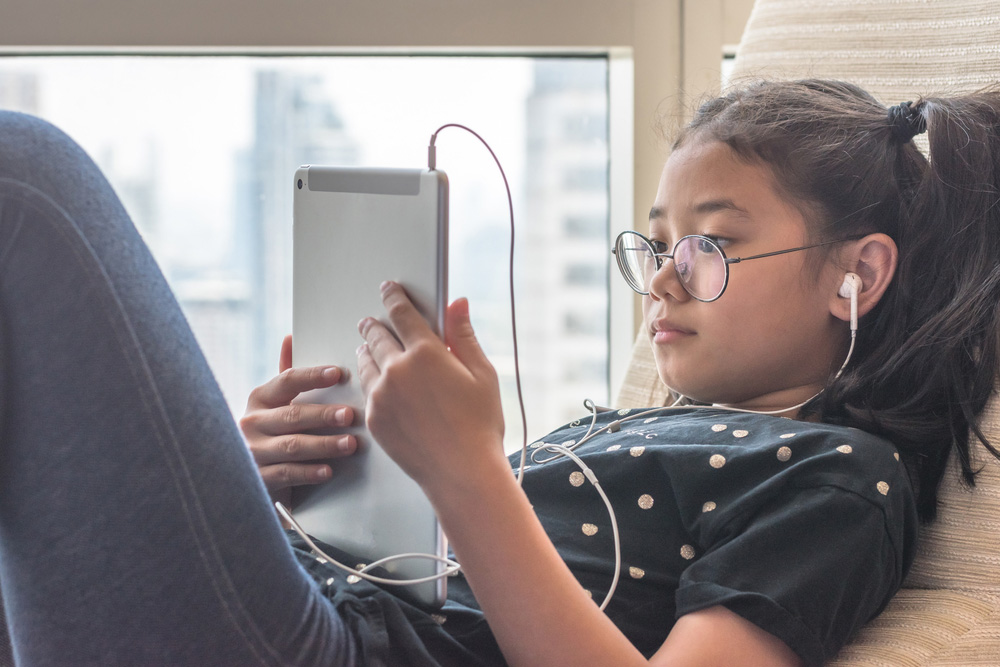
The eSafety Commissioner Julie Inman Grant explains how her office has teamed up with the ABC's Play School to develop new resources for parents of children under 5, including a downloadable Family Tech Agreement.
In 2020, eSafety is starting where it often counts the most: at the very beginning.
We’ve teamed up with Big Ted, Jemima and their friends from ABC Play School to launch our new eSafety Early Years resources, designed specifically for children under 5.
By a very young age, many children across Australia are already using digital devices – and that’s not necessarily a bad thing. Kids can learn and develop important skills and behaviours with the right kinds of online games, apps and education programs.
But there are risks too, especially when devices can be connected to the internet. So, it’s never too early to encourage good online habits.
We have worked with parents, early childhood educators and other experts to develop four simple eSafety Early Years messages that will help even the youngest kids have positive experiences, online and off: be safe, be kind, ask for help and make good choices.
Of course, getting the balance right can be tricky. Our research and direct engagement with parents tell us that many Australian parents think their children spend too much time using screens.
That’s why one of the first eSafety Early Years resources we’re rolling out this year, the Family Tech Agreement, is designed to help parents start a conversation about online safety and set boundaries around the use of devices like tablets, smart TVs and gaming consoles.
Why not try these three tips and resolve to get off to a positive online start in 2020 …

1. Use a Family Tech Agreement
eSafety’s new Family Tech Agreement doesn’t just look great: it’s an effective way to set expectations to help avoid tech tantrums! The Play School characters help young children understand each rule and make it fun to follow the example.
The rules include asking before using a device or playing a new game online, only using devices in shared spaces of the home and only talking online to people you know. There’s also a blank template to use for rules that are specific to your family.
Filling in the Family Tech Agreement with your kids will involve them in the decision-making about their device usage, so they will be more likely to feel OK about sticking to the rules and so they understand from the get-go, the time limitations and do’s and don’ts. It’s a great way to kick off the year, especially if your children have been spending extra time on screens over the holidays. But it’s not just for little ones – older children, parents and grandparents can use it to model good habits to youngsters too. And don’t forget to update it as your kids grow!
2. Choose good online content
Screen time can provide benefits to young children, when it is balanced with face-to-face play and communication. Whether your child is video calling with family members, watching a TV program or even playing an online game, they can learn important skills and positive behaviours. The trick to making sure kids get the most out of their screen time is choosing good quality content.
Some apps, shows and games are more appropriate for young children than others and many, like the ABC’s ‘Reading Eggs’, provide great educational benefits. So check out our new eSafety Early Years advice on choosing good content – it has useful tips for assessing what’s appropriate and beneficial for young children.
Don’t forget to co-view and co-play, better to understand what your kids are experiencing so that you can share and engage in their ‘digital playgrounds’ too. Talking to your child about what makes a good quality game or program helps them develop their communication skills, critical thinking and ability to make good choices for themselves.’
3. Use parental controls
Parental controls are available on most tablets, smartphones, computers, TVs and gaming consoles. But you can also download family safety controls or buy robust filters out of the box. These tools can help block your child from accessing specific websites, apps or functions. They can also monitor your child’s use of connected devices and set time limits.
In addition, you can use child-friendly search engines, or select safe search settings on digital devices, to help prevent your child from stumbling across inappropriate sites and content.
You can find more detailed advice in eSafety’s information about using parental controls.
But beware! While parental controls can be handy, you cannot always rely on them. No tool is 100 per cent effective 100 per cent of the time – and even tiny tots can be surprisingly clever little hackers.
So, the most practical way to use parental controls is in combination with other safeguards. The very best protection is you: being actively involved in encouraging your child’s good online safety habits helps protect them from the moment you hand them a device.
We thank the Office of the eSafety Commissioner for allowing us to republish this blog. You can read the original.
Images courtesy of Play School on ABC KIDS.


